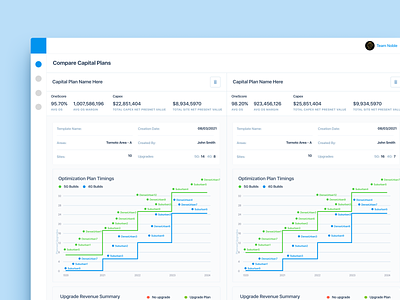Designing for Functionality, Not Perfection
Aligning on users' expectations can make the difference between a successful MVP launch and a frustrating user experience. Digital Twin is a word that our industry often misuses which can often lead to a lot of confusion.
The term "Digital Twin" is everywhere, but what does it mean for our users? In industrial automation, it's a powerful tool: a virtual replica for safe, offline testing and operator training.
Here's the catch: aiming for a perfect replica can be expensive and unrealistic.
Instead, let's focus on user needs. We need to understand the level of detail necessary for successful testing and training. This is where model fidelity comes in:
Low fidelity: Simple models for basic checks. Think "on/off" switches.
High fidelity: Super detailed models with complex calculations.
Medium fidelity: The sweet spot, balancing detail with practicality.
Every project is unique. Do operators need to see precise material balances or reaction temperatures? Do we need to model pipe corrosion? Defining these needs ensures we build a valuable tool without unnecessary complexity. ️
Here's how we approach this as UX designers:
User stories: We understand user needs to build the right features.
Rapid prototyping: We create quick, testable versions to ensure our MVP (minimum viable product) delivers what users need.
Scalability: We design the MVP to handle future complexity and AI integration.
User testing: We get constant feedback from real users to refine our design.
Don't get hung up on the "Twin" label. Let's create a digital solution that empowers your team.













